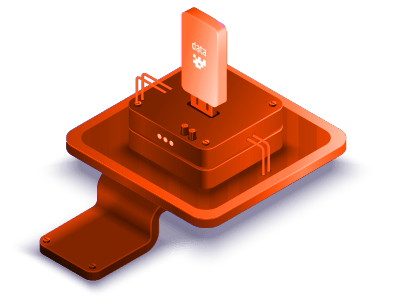Add On: Takedowns
Takedowns
The common reasons for takedown requests
A common reason for takedowns is copyright infringement. Copyright infringement can happen if the seller uses images or text in their listing without permission or if they use someone else’s brand name without permission. To avoid this, the seller must ensure that they only use images and text that they have the right to use and be careful about using other brands’ names in their listings.
Listings can also be taken down for misleading customers. This includes manipulating product reviews, offering false discounts, or making false claims about the product or its benefits. To avoid this, sellers should always be truthful in their listings and make sure that everything they say about the product is backed up by evidence.
Another reason for seller listing takedown is incompliance of seller with the MAP policy. MAP policy, or Minimum Advertised Price policy, is a set of guidelines that manufacturers put in effect to ensure that their products are advertised at a fixed price. MAP policies are designed to ensure that there is consistency across all retailers in terms of pricing for a given product and to prevent retailers from excessively discounting certain products to gain an unfair advantage over others. If a seller has listed items on more than one platform using different prices, then this could also be considered a violation of MAP policy and could result in their listings being removed from one or more platforms. This is because it gives an unfair advantage over other retailers who are not discounting as much or at all from MSRP, therefore, showing favoritism towards those sellers who have disregarded MAP policy and discounted too much from MSRP.
Finally, listings can also be taken down due to third-party resellers selling products without permission from the manufacturer or distributor and often selling counterfeit or lower-quality versions of the product. This kind of infringement can deprive manufacturers and legitimate distributors of their rightful profits and put consumers at risk if they purchase a defective product or one that does not meet expected standards. To prevent similar incidents in the future, buyers should always purchase items from authorized resellers who have been approved by the manufacturer or distributor and who abide by all relevant laws related to reselling.
The types of data generated by takedowns
Every time a seller’s listing is taken down, data is generated. This data can be used for investigative purposes.
The data generated by seller listing takedowns can be divided into two categories: quantitative data and qualitative data. Quantitative data is data that can be measured, such as the number of listings taken down, the percentage of listings taken down, and the average time it takes to take down a listing. Qualitative data is data that cannot be measured, such as the reasons for taking down a listing, the type of listing, and the effect of taking down a listing.
Here’s a closer look at some of the quantitative data that is generated by seller listing takedowns:
A certain number of listings taken down :
This data can be used to track the efficiency of the takedown process. If the number of listings taken down is increasing, it may be an indication that the process is working well.
Percentage of listings taken down :
This data can be used to track the speed of the process. A shorter average time indicates that the process is working well.
The average time it takes to take down a listing :
These are mostly used for customer support and marketing. The caller will not be charged for making the call. These are used to solve customer queries, and aid and sell products.
Here’s a quick look at some of the qualitative data that is generated by seller listing takedowns:
Reasons for taking down a listing :
This data can be used to identify why listings are being taken down. If there is a certain reason that is causing more listings to be taken down, then steps can be taken to address that issue.
Type of listing :
This data can be used to identify which types of listings are more likely to be taken down. This information can then be used to target those types of listings in future takedown efforts.
Effect of taking down a listing :
This data can be used to evaluate the effectiveness of taking down a listing. If taking down a listing does not have the desired effect, then steps can be taken to improve future takedown efforts.
Whether or not it worked / speed :
This data can be used to evaluate whether the listing takedown had any positive effect on the seller’s actions, i.e., the seller doesn’t repeat the same in the future. Also, it tells one how soon the seller removes their listing after the takedown request has been issued.
How can Hubstream help investigators with takedowns?
Investigators often face a situation where it is difficult for them to track requests for takedowns manually. They also face difficulty in being able to manually analyze the different types of the huge amount of data generated by takedowns. Consolidation of reports related to takedowns is another area where investigators struggle. Remediation of these three struggles that investigators frequently encounter is necessary for making investigations involving takedowns effective.
The takedowns template helps investigators around the world ensure they are on track with their investigations. It can be used by investigators to track takedowns on various online platforms, import data from service providers, make sure all takedowns are actioned within their SLA (Service Level Agreement), and find related takedowns, such as takedowns for the same seller account.




